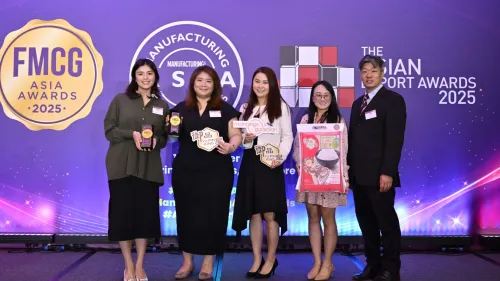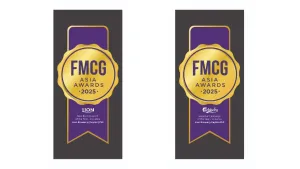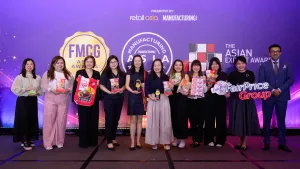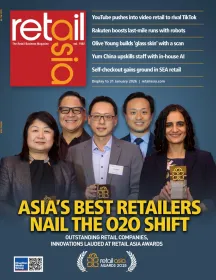
APAC FMCG firms' overseas revenue grows 50% faster than domestic
This trend is largely driven by Japanese companies.
Asia-Pacific’s top fast-moving consumer goods (FMCG) companies are rapidly increasing their international presence, with overseas revenue growing faster than domestic earnings, according to a Bain & Company report.
For the top 50 FMCG companies in the region, based on 2022 revenue, international revenue grew by 11% annually over the past decade, whilst domestic revenue grew by 7%. This trend is largely driven by Japanese companies.
Of the 16 Japanese companies on the top 50 list, five (31%) generate more than half their revenue from international markets. The remaining Japanese firms report overseas revenue between 10% and 50%.
South Korean FMCG companies also show significant international presence, with all deriving between 10% and 50% of their revenue from abroad.
In contrast, whilst China has the same number of FMCG companies in the top 50 as Japan, five (31%) remain fully domestic, and nine report up to 10% of their revenue from international markets.
David Zehner, head of Bain & Company’s Consumer Products practice for Asia-Pacific, attributed these differences to factors such as market maturity, cultural influence, expansion timing, government support, and diplomatic relationships.
The report also highlights a major trend in the consumer electronics and appliances sector. All 45 top Asia-Pacific companies in this sector have established international operations, with 26 (58%) earning more than half of their revenue from foreign markets. This is in sharp contrast to just seven (14%) of FMCG companies achieving similar results. Japanese and Chinese firms lead this trend, with 12 and 11 companies, respectively, deriving over 50% of their revenue from international markets.
Zehner explained that the success of consumer electronics and appliances companies abroad is due to similar consumer preferences, supportive government policies, and high manufacturing barriers. However, these factors may not directly apply to FMCG companies.
The report outlines three strategies for successful international expansion, namely ‘Build from Core,’ ‘Build New Core,’ and ‘Born for International Markets.’
The ‘Build from Core’ strategy involves leveraging strong domestic offerings to enter international markets, as seen with CJ CheilJedang’s expansion into the U.S. The ‘Build New Core’ strategy involves creating new core offerings for foreign markets like Shiseido’s success in fragrances in France. The ‘Born for International Markets’ strategy is used by newer companies that create products for unmet needs in target markets, leveraging their home country’s strengths.
Moreover, the study revealed that nearly two-thirds of the top Asia-Pacific FMCG companies first expanded into neighboring Asia-Pacific markets, whilst a quarter entered Europe and North America.
Although Asia-Pacific has consistently provided over 50% of their revenue, the contribution from European and North American markets has increased from 32% to 40% over the past decade. In contrast, revenue from emerging markets has decreased from 12% to 7%.

















 Advertise
Advertise





